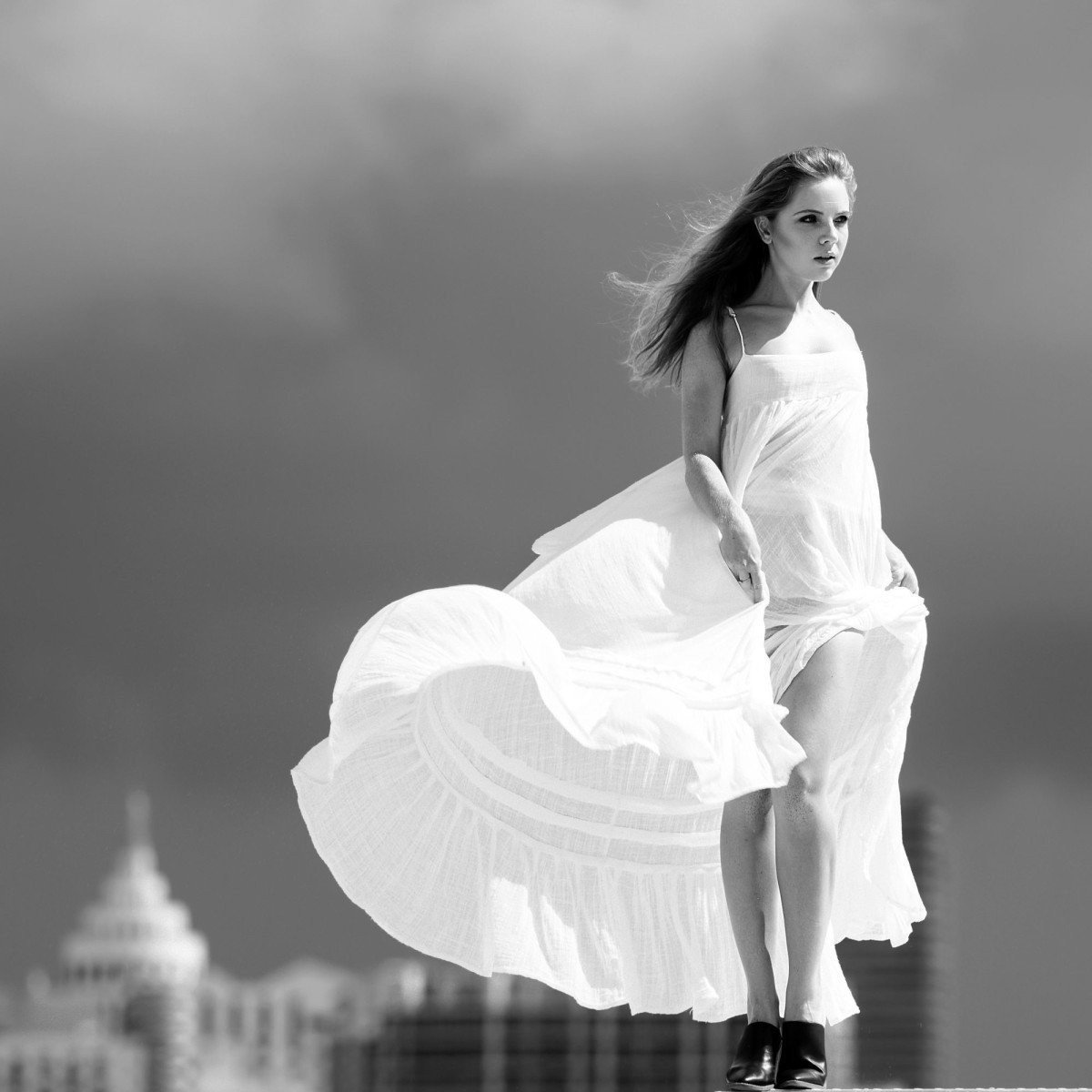I still remember the first day I wielded a camera. Eager fingers fumbling with the lens, heart thumping in tune with the click of the shutter. The world, it seemed, had transformed into a beautiful canvas waiting to be captured. But here’s a question that knocked me out of my reverie back then and continues to do so – where does the admiration for beauty end and the manipulation begin?
Fashion photography, in particular, continues to skate the fine line between art and ethics. Did you know there’s been a 30% rise in reported unethical editing in the fashion industry in the last two years? A conversation far due, it’s time we addressed these un-candid camera practices.
Molds or Models: The Tug of War
Let’s take an imaginary journey. Imagine a young, aspiring model, excited and nervous, stepping into the limelight for the first time. She’s been working out, heck, even starved herself on some days, just to fit the ‘size zero’ mold.
Now picture the photographer, battling the duel of his craft and ethics, wondering if he’s propagating harmful stereotypes or merely following industry conventions. A tough spot, isn’t it? The ethical implications of audio and video recording in photography go far beyond the surface, especially when it involves people’s perceptions and mental health.
Fabric of Ethics: The Post-production Dilemma
After the lights dim and the camera stops clicking, the real transformation happens – in the digital world of post-production. This is where our model often morphs into an unrealistic archetype, perpetuating societal standards of beauty that are not only inaccessible but also detrimental. Teeth are whitened, waistlines are shrunk, and skin imperfections? They vanish as if they were never there. ‘Perfect’ becomes a palatable illusion, sold in glossy magazine pages and high-resolution billboards.
‘But isn’t that what the audience wants?’ the marketer might argue. Maybe. Or maybe, it is about time we shook the prevailing aesthetics in fashion photography and embraced authentic portrayal. After all, beauty can bloom in all sizes, shapes, and color tones. Isn’t photography, especially fashion photography, about capturing that?
Shoot or Scoot: The Ethics of Consent
The heat of the studio lights can often obscure the line between professional directives and personal boundaries. Just because the camera does not blink, it doesn’t mean it should not wink sometimes, asking for the model’s continued consent.
Imagine, yet again, our greenhorn model, uncomfortable with a particular pose or attire suggestion. It’s here that the photographer has an ethical duty to ensure absolute respect for the model’s autonomy, ensuring she feels safe and heard. A photographer is not just an artist, but must also be an advocate for their subjects.
Remember, behind every perfect shot is a real human, with emotions, dignity, and the right to control how their image is used. It’s about time the industry stops seeing models as ethereal anomalies and starts treating them as partners in the creative process.
Conclusion
Ethical dilemmas in fashion photography are not just a photographer’s fight but a shared responsibility. Every time you pick up a magazine or scroll through an online designer collection, remember to look beyond the surface. Ask yourself – Is this fostering beauty or breeding insecurity? Is this photography or manipulation?
Let’s not just walk, but work the fine line of ethical practices – for art and humanity.


0 Comment